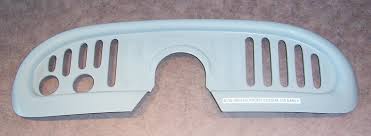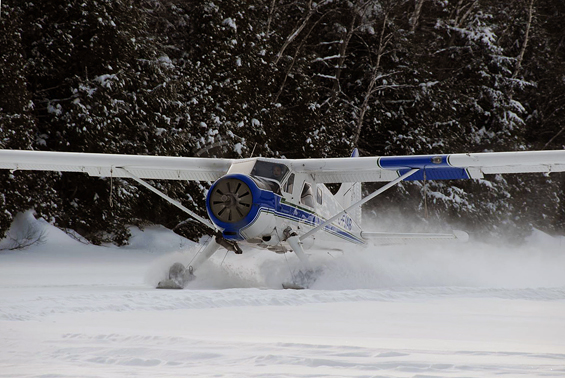So basically, if you fly a piston fixed wing in cold weather you are risking your life, is this the case?
Not at all. I've flown single engine normally aspirated aircraft at temperatures below -40 with no problems. At temperatures below -20 there is little moisture in the air so carb ice is less of a problem than you may suppose. From memory, the worst temps for carb ice are from -10 to +10, and where the temperature and dew point are within a few degrees of each other. This indicates the air is near the saturation point, so you should carry enough carb heat to preclude icing. Every normally aspirated airplane I ever flew had a carb air temperature gauge, so you applied carb heat to keep the induction air at, I seem to remember, +5 degrees. If your engine is fuel injected, carb ice ceases to be a problem - no carburetor - but you could still experience induction system icing when flying in conditions of visible moisture, i.e. snow. This is why some manufacturers call for the application of alternate air when flying in visible moisture at temperatures below + 5 or so, Alternate air is simply air that is taken from inside the cowling instead of from the ram air source.
The major problem flying a piston powered aircraft in extreme cold is the inability to maintain a decent cylinder head temperature. Most bush aircraft have a winter kit that can be installed on the front of the cowling to restrict airflow over the cylinders and through the oil cooler. This is all I can find after a quick search. This one is for an early version of the C-150. Later ones are two piece affairs and the slots are horizontal..

The Beaver is equipped with a full front shutter that can be adjusted from the cockpit. Here's what it looks like.

The Otter has a little skull-cap affair that fits over the propeller gear casing on the front of the engine but no shutter. On both the Otter and the Beaver a circle of felt material can be fitted into the oil cooler intake in extreme temperatures to partially block the cold airflow. I have flown the Otter with cylinder head temperatures as low as 120 degrees F which is barely in the green. According to the engine manufacturer there would be no damage to the engine as log as the oil temperature was normal.